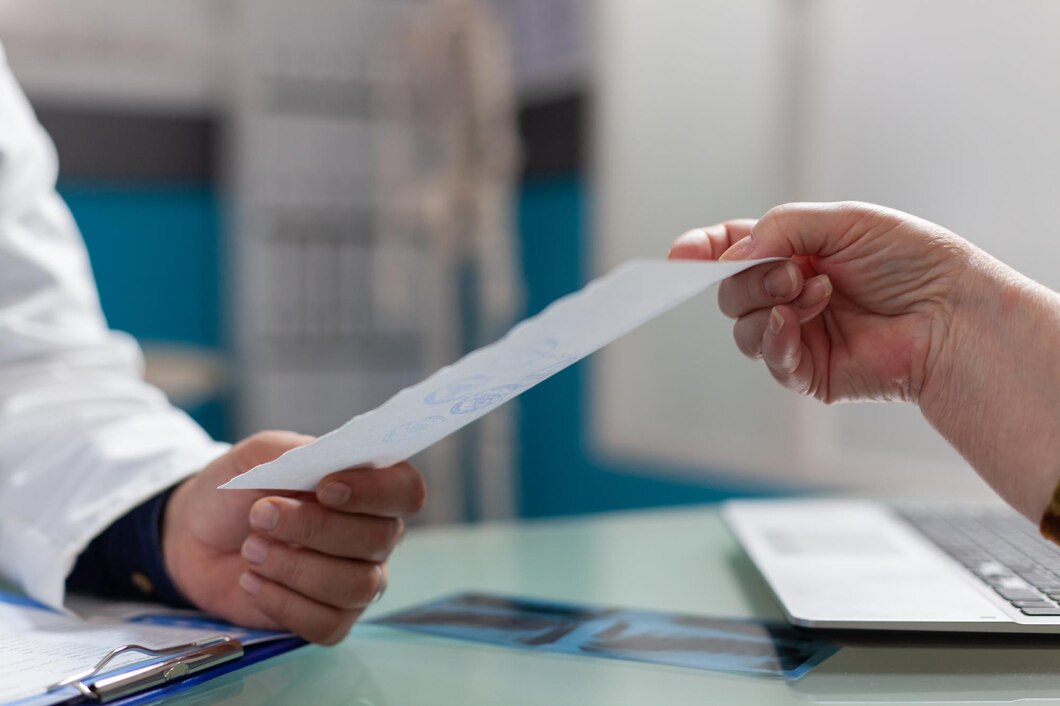Effective business communication is integral to the smooth functioning of any organization. One vital aspect of this is the use of document receipts. These confirmations of document delivery provide a reliable audit trail, ensuring both the sender and recipient are on the same page, literally and figuratively.
Document receipts eliminate ambiguity about whether information has been received, providing a sense of security and fostering trust in business interactions. In the upcoming sections, we’ll explore in detail the advantages of document receipts and the best practices for implementing them in your organization.
Understanding Document Receipts
A document receipt, often termed an acknowledgment receipt, is a written confirmation that a particular document or item has been received. This acknowledgment receipt sample is mainly used in business transactions as proof of receipt.
Typically, it contains information such as the date of receipt, the details of the document or item received, and the recipient’s signature. The primary purpose of document receipts is to safeguard both parties involved in a transaction, ensuring there’s an indisputable record of the exchange.
These receipts can serve a variety of purposes, from confirming the delivery of high-value goods to acknowledging the receipt of sensitive information. Incorporating document receipts in your business communication strategy can significantly enhance transparency, accountability, and mutual trust.
Benefits of Document Receipts
Document receipts offer numerous benefits to businesses, making them invaluable tools in effective communication and efficient operation.
- Audit Trail: Document receipts provide a verifiable record of transactions, aiding in maintaining accurate accounts and facilitating audits. They help ensure compliance with legal and financial regulations, reducing the risk of disputes and litigation.
- Confirmation of Delivery: By acknowledging receipt, businesses confirm that they’ve received the documents, goods, or services as per the agreement. This provides reassurance to the sender and ensures both parties are in sync.
- Enhances Trust: Document receipts enhance trust between businesses. By providing acknowledgment receipt samples, the recipient assures the sender of their earnestness in honoring the agreement, thus fostering mutual confidence.
- Prevents Miscommunication: Document receipts help prevent miscommunication or misunderstandings regarding the delivery or receipt of documents or goods. They act as proof of what was received, when it was received, and by whom, eliminating ambiguities.
Understanding the value that document receipts bring to your business, it becomes evident why they should form an integral part of your communication strategy.
Implementing Document Receipts in Business Communication
To effectively incorporate document receipts into your business communication, there are several key considerations.
- Type of Receipt: First, determine the type of receipt needed based on the sensitivity and significance of the transaction. For example, an electronic delivery receipt might suffice for routine document exchange, while a manually signed and dated receipt might be more appropriate for a high-value contract or sensitive information.
- Receipt Format: Next, establish a standard format for receipt acknowledgment. This could be a template that includes necessary information like date, recipient name, document details, and a statement acknowledging receipt. Providing an acknowledgment receipt sample can guide employees on how to fill out the receipt correctly.
- Integration with Existing Systems: Consider how document receipts can be integrated into your existing communication systems. For example, if you use email for internal communication, ensure your email provider supports read receipts. If the majority of your business transactions occur digitally, consider using software that automatically generates and manages digital receipts.
- Staff Training: Lastly, proper training should be provided to employees. They need to understand the importance and legal implications of document receipts. This can be achieved through workshops, seminars, or online training modules. The objective is to make sure everyone knows when and how to issue a receipt.
Best Practices for Using Document Receipts
Implementing document receipts in your business communication requires meticulous planning and adherence to best practices. Here are essential guidelines to follow:
- Timely Dispatch: Always issue document receipts promptly. Timely acknowledgments ensure that the sender is not left in doubt about the status of their document. This also aids in maintaining accurate records for future reference.
- Completeness and Clarity: Make sure that the acknowledgment receipt is complete and clear. It must contain pertinent information, including the name of the recipient, date of receipt, details of the document received, and a clear acknowledgment statement. Clarity and completeness reduce the possibility of misunderstandings.
- Record Keeping: Maintain a systematic record of all document receipts. This will prove invaluable during audits or when a dispute arises. Consider using digital tools for storing and managing receipts. They offer features like indexing, quick search, and easy retrieval.
- Privacy and Confidentiality: If the document receipt contains sensitive data, ensure it is stored in a secure and confidential manner. Utilize encryption and access controls to protect the information.
Remember, the effectiveness of using document receipts largely depends on how well these best practices are applied. So, make sure to educate your team, establish clear protocols, and review the process periodically for improvements.
Conclusion
In conclusion, the implementation of document receipts in your business communication is no longer a choice but an essentiality. They bring transparency, foster trust, mitigate miscommunications, and create a robust audit trail, all of which are vital for the smooth functioning of any business.
While the process may require some initial effort in terms of setting up systems, defining protocols, and training staff, the benefits far outweigh these initial investments. So, make document receipts a standard in your business communication and experience a positive shift in operational efficiency, reduced disputes, and enhanced relationships.

